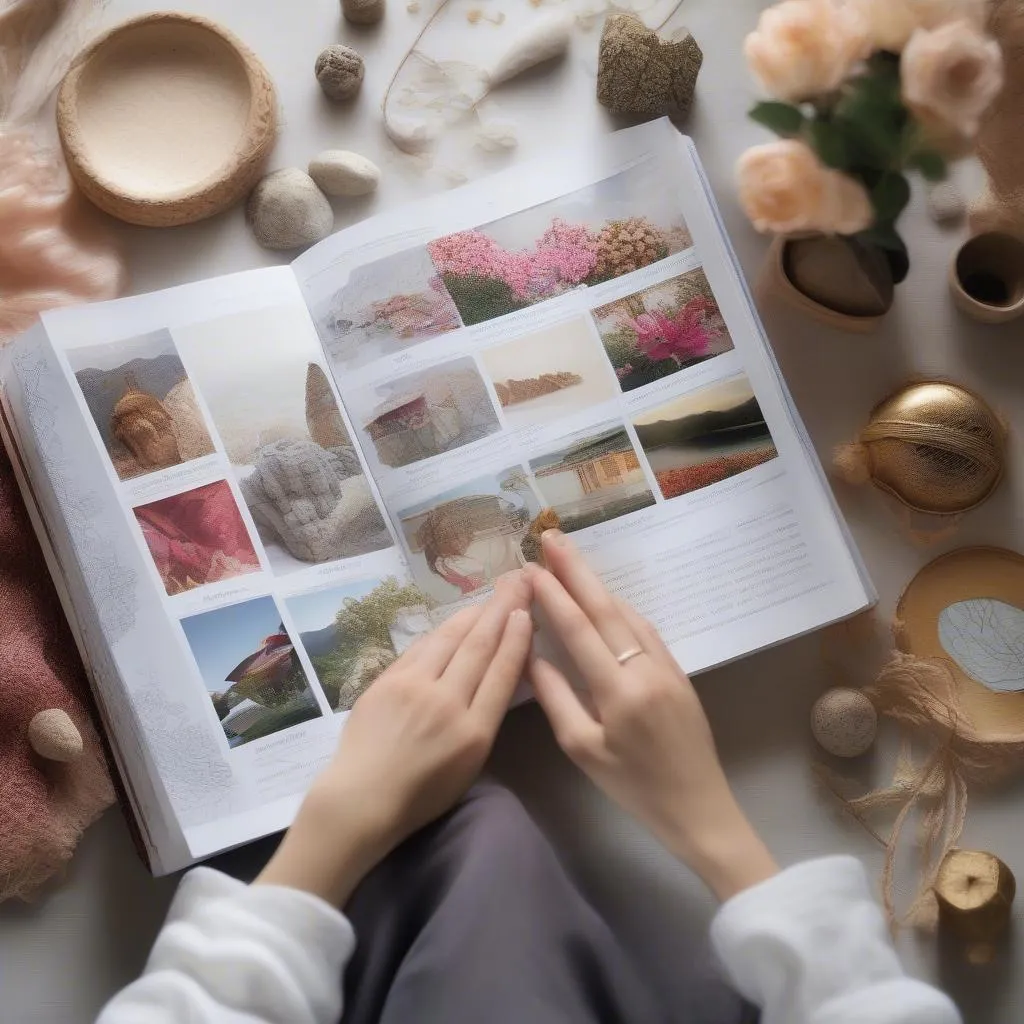Have you ever dreamt of escaping to a secluded beach in Bali, or perhaps exploring the ancient ruins of Machu Picchu? The travel industry thrives on turning those dreams into reality, and a key part of that is effective marketing. This is where the 7 Ps of marketing in tourism come in – a strategic compass guiding businesses to success.
What are the 7 Ps of Marketing in Tourism?
Just like a well-packed suitcase ensures a smooth journey, the 7 Ps provide a framework for a comprehensive marketing strategy: Product, Price, Place, Promotion, People, Process, and Physical Evidence.
1. Product: Crafting Unforgettable Experiences
This goes beyond simply offering flights and accommodation. It’s about crafting unique experiences. Imagine a tour operator specializing in eco-tourism adventures in the Vietnamese Mekong Delta. They don’t just sell boat rides; they sell the chance to immerse oneself in local life, try traditional cuisine, and witness breathtaking landscapes.
2. Price: Finding the Sweet Spot
Price needs careful consideration. Too high, and you risk alienating potential customers. Too low, and you devalue your offerings. Dynamic pricing, early bird discounts, and bundled packages are just some strategies to entice travelers.
3. Place: Meeting Your Audience Where They Are
In today’s digital age, “place” extends beyond physical locations. A strong online presence is crucial. Think user-friendly websites, engaging social media content, and partnerships with online travel agencies.
4. Promotion: Telling Your Story
Promotion is how you share your brand’s story and connect with potential customers. This includes online advertising, content marketing, social media campaigns, and collaborations with travel bloggers and influencers.
5. People: The Heart of the Experience
From the friendly voice answering your call to the knowledgeable tour guide, people are at the heart of tourism. Investing in training and fostering a customer-centric culture is essential for creating positive experiences.
6. Process: Ensuring Seamless Journeys
A smooth and efficient process from booking to departure is crucial. This includes user-friendly booking systems, clear communication, and prompt customer service to address any issues.
7. Physical Evidence: Painting a Picture of Trust
In a world of online bookings, physical evidence like high-quality photos, virtual tours, and positive reviews build trust and credibility. Imagine a website showcasing stunning imagery of Ha Long Bay with glowing testimonials from past travelers – instantly more enticing, right?
 Luxury Cruise Ship in Ha Long Bay
Luxury Cruise Ship in Ha Long Bay
How the 7 Ps Work Together: A Journey to Hoi An
Imagine planning a trip to Hoi An, Vietnam. You discover a charming boutique hotel offering a “Cultural Immersion Package”. The package (Product) includes a stay in a beautifully restored heritage home, Vietnamese cooking classes, and a guided tour of the ancient town (Price, Place). You find them through a captivating travel blog post (Promotion) and are impressed by the friendly staff’s prompt responses to your inquiries (People, Process). The hotel website features stunning photos and glowing reviews, solidifying your decision (Physical Evidence).
FAQs About the 7 Ps in Tourism Marketing
Q: How can I use the 7 Ps to market my small guesthouse?
A: Focus on creating a unique experience (Product), showcase its charm through captivating photos (Physical Evidence), collaborate with local businesses (Place), and offer personalized service (People).
Q: What are some effective online promotion strategies for tourism businesses?
A: Utilize social media marketing, collaborate with travel bloggers, and run targeted online advertising campaigns.
Applying Feng Shui to Enhance Travel Experiences
Believe it or not, the principles of Feng Shui can be applied to enhance travel experiences. Choosing accommodation with good energy flow, packing items in specific colors to attract positive experiences, and even planning itineraries around auspicious dates are just a few examples.
 Feng Shui Travel Guide
Feng Shui Travel Guide